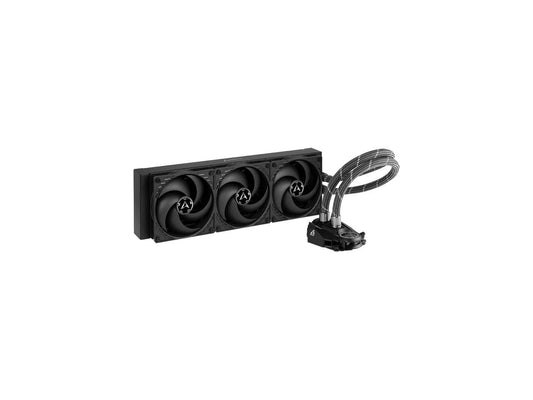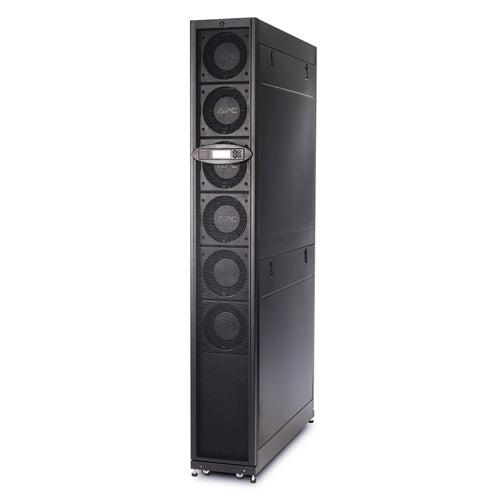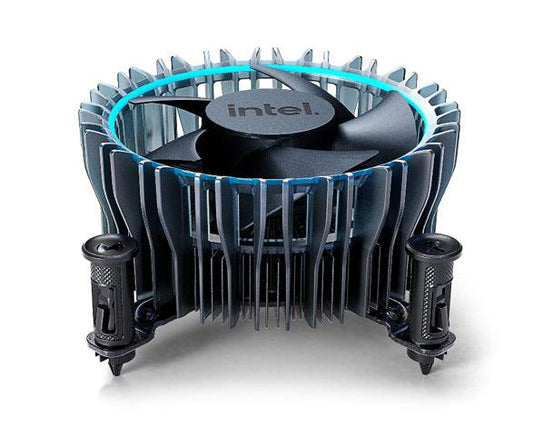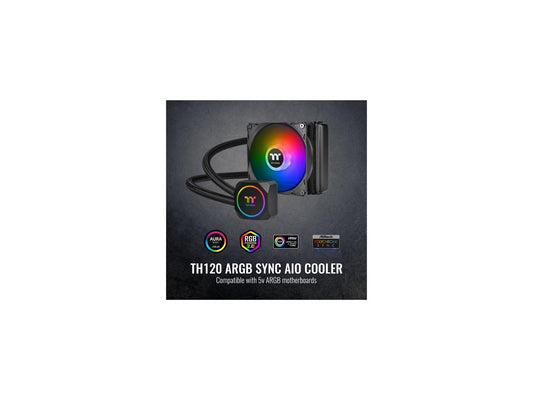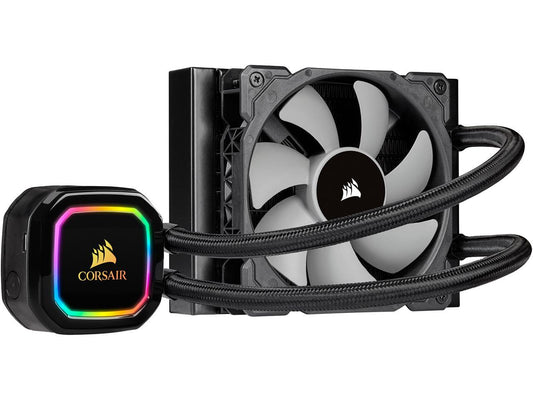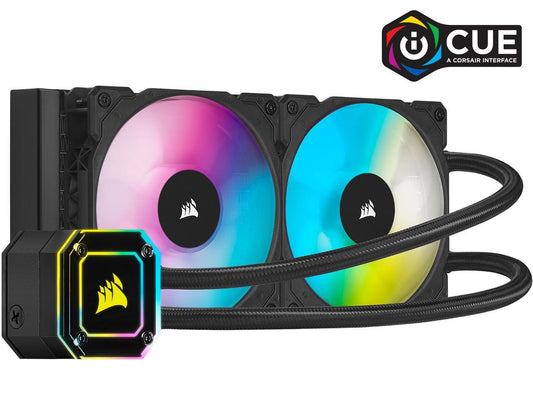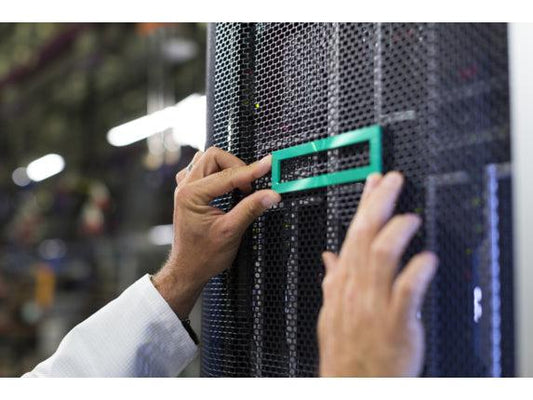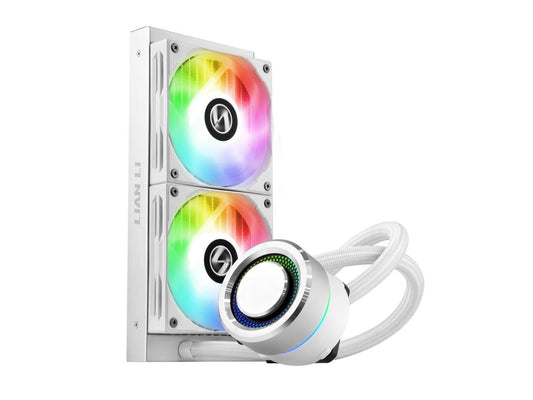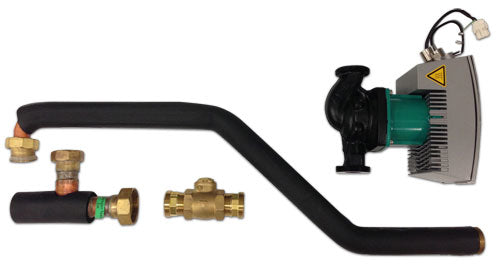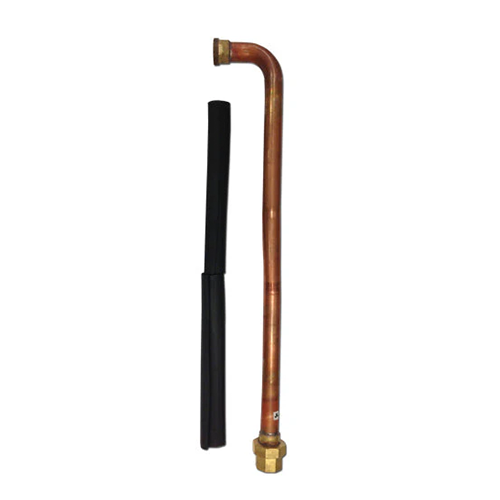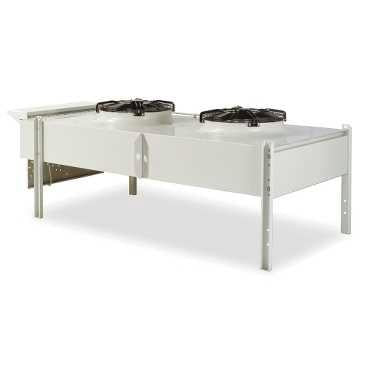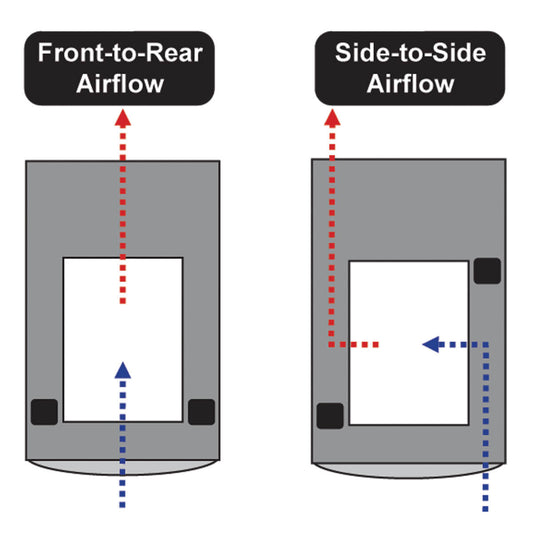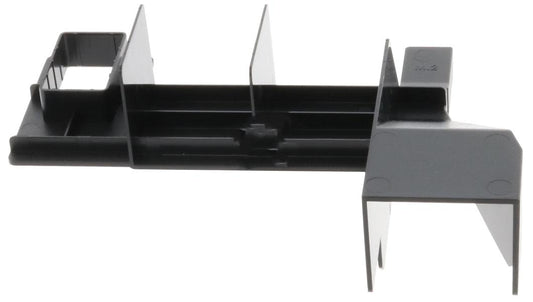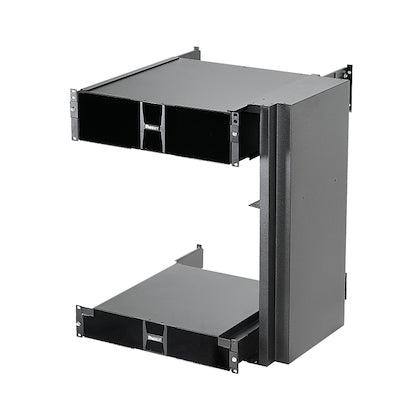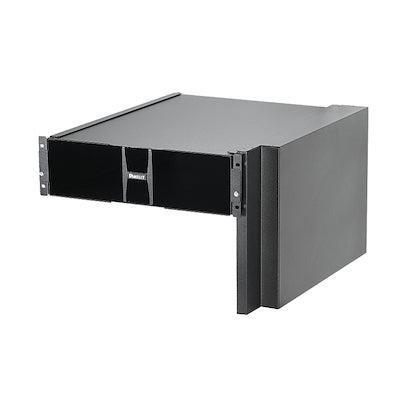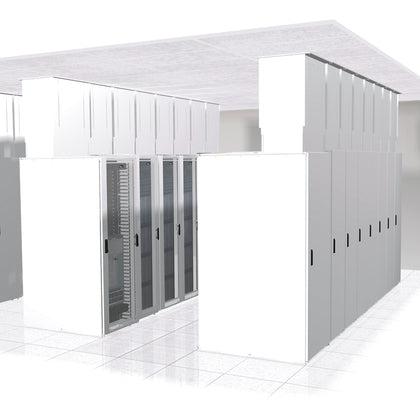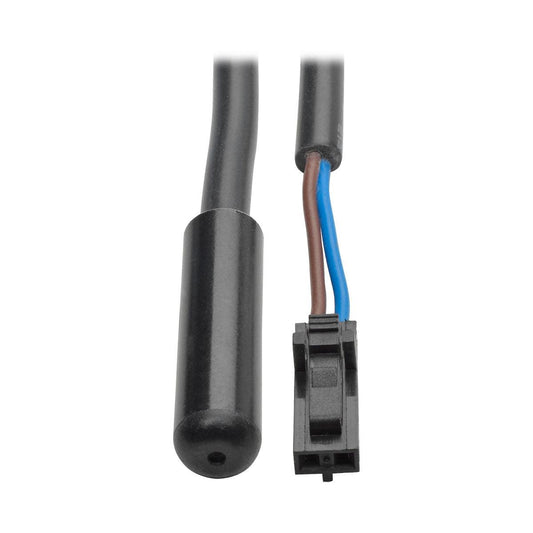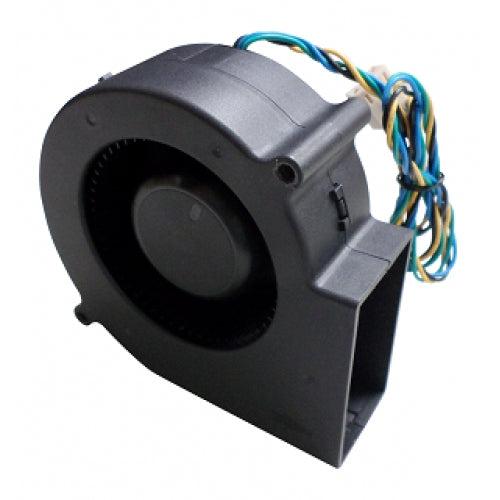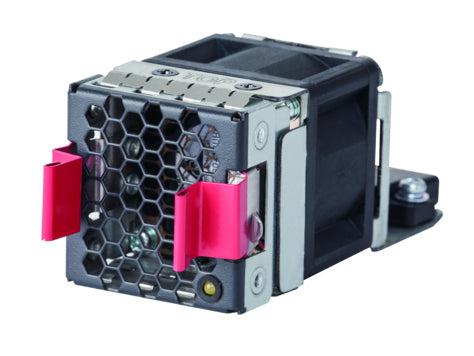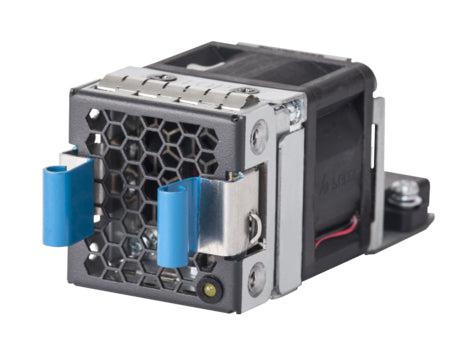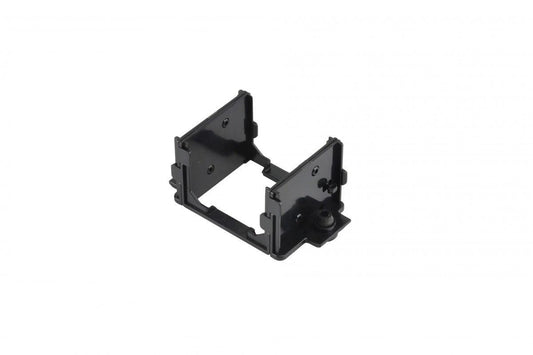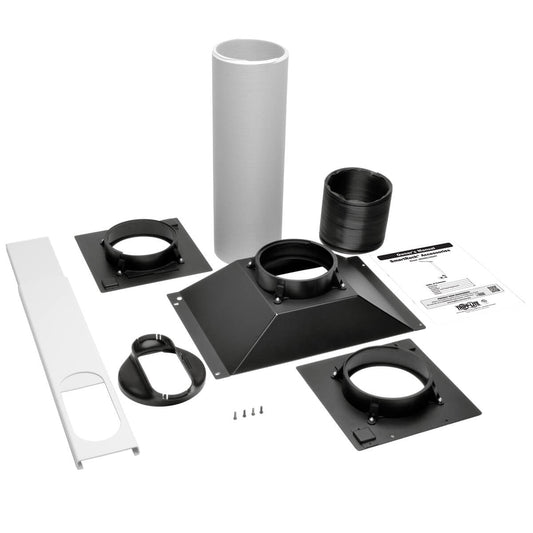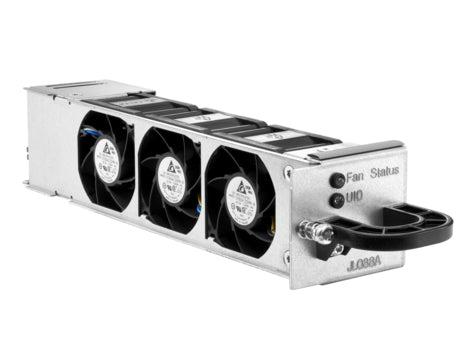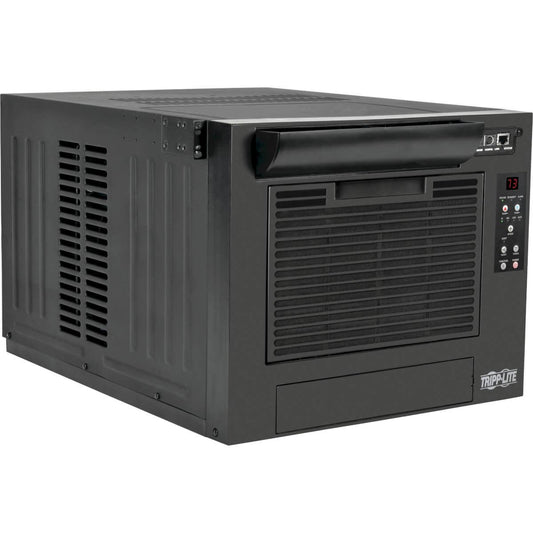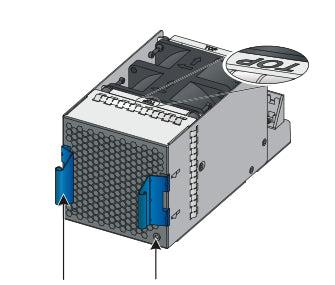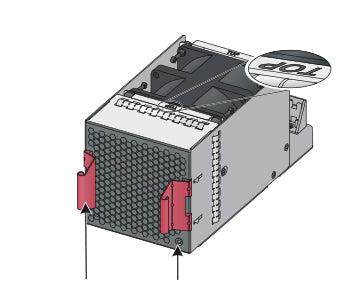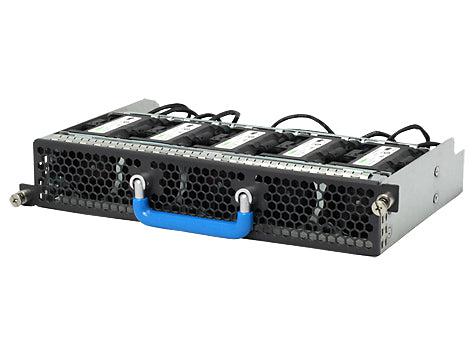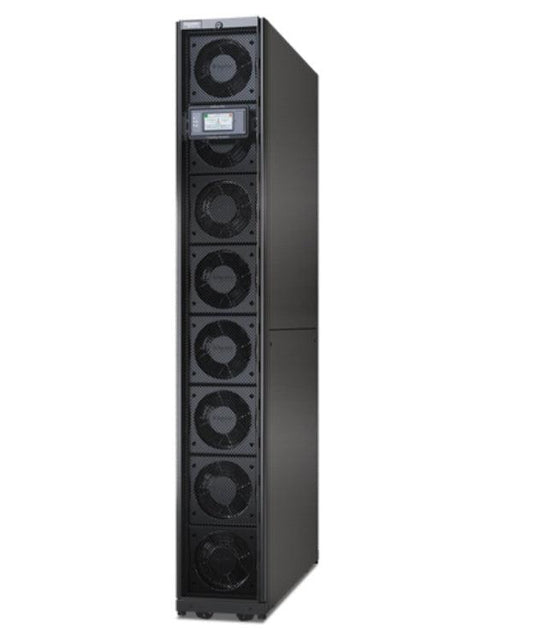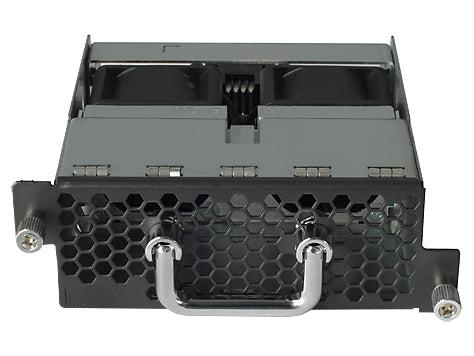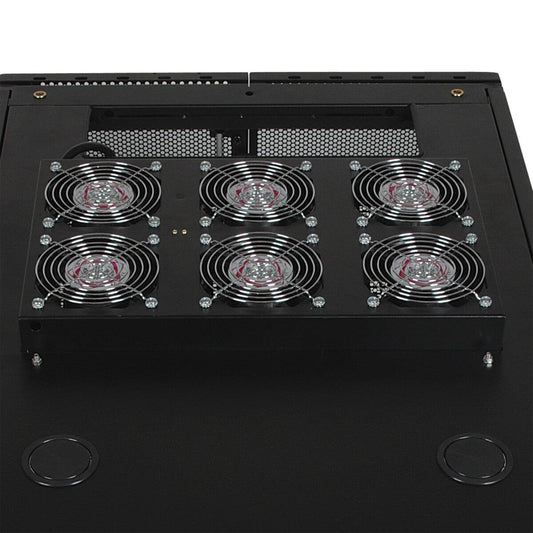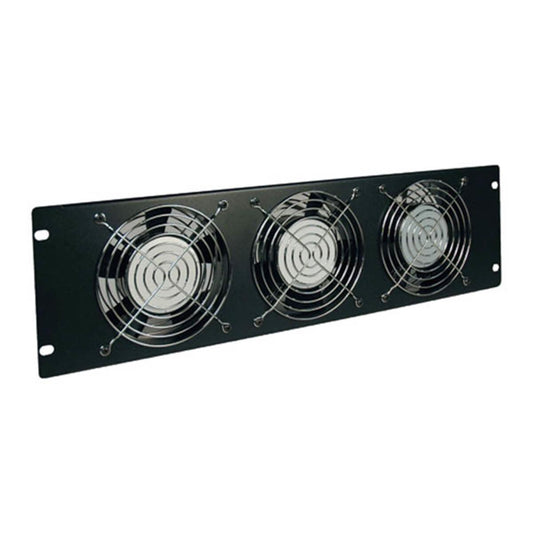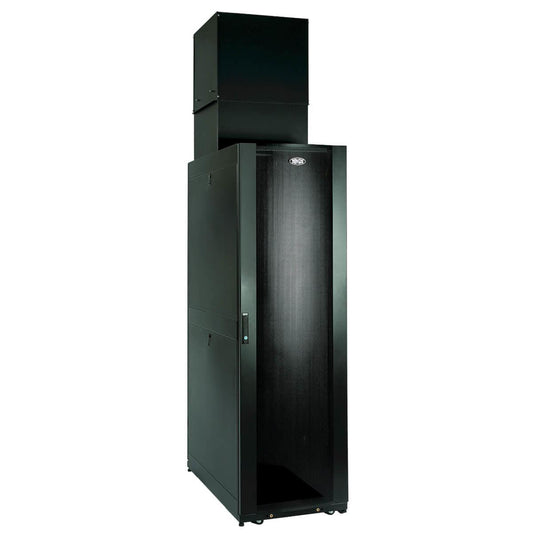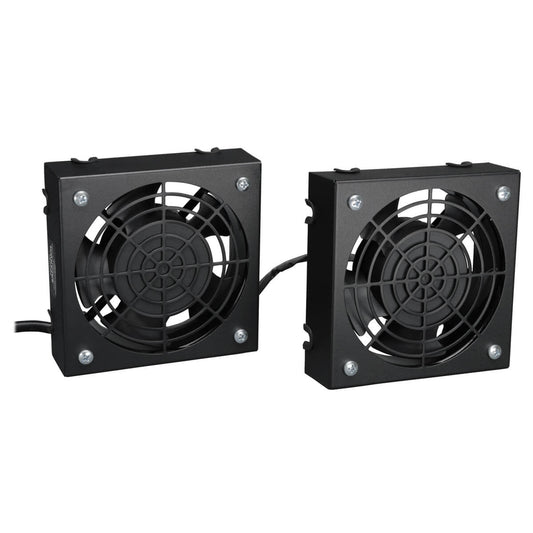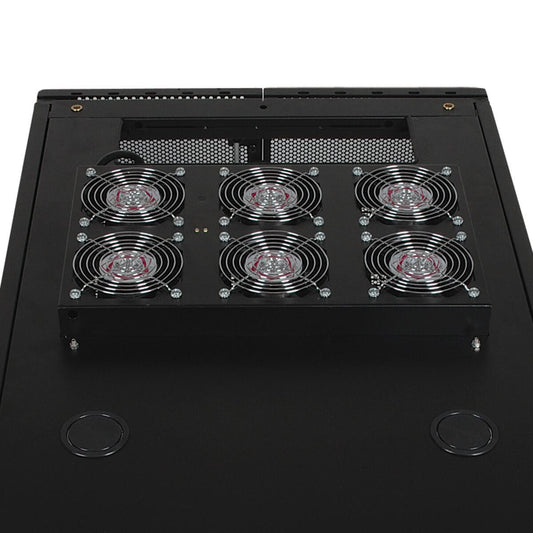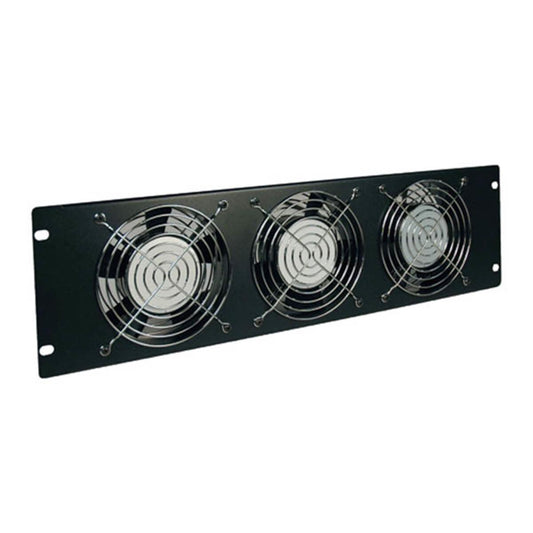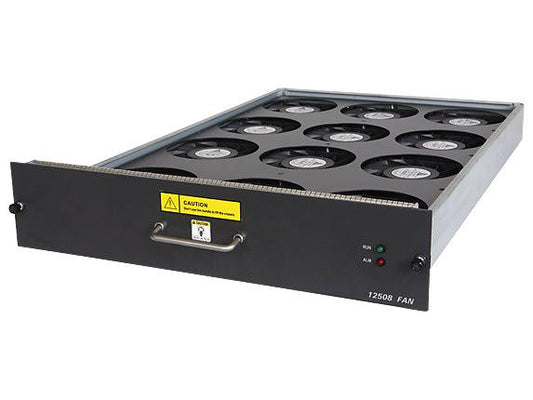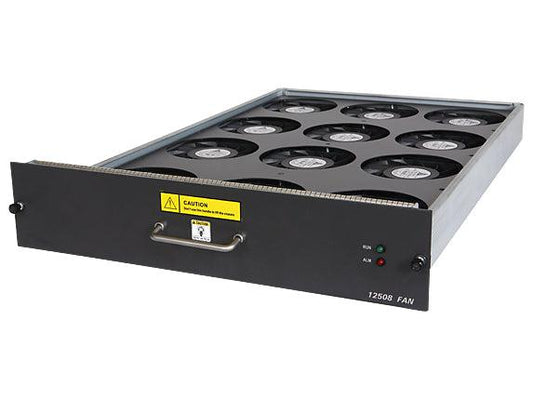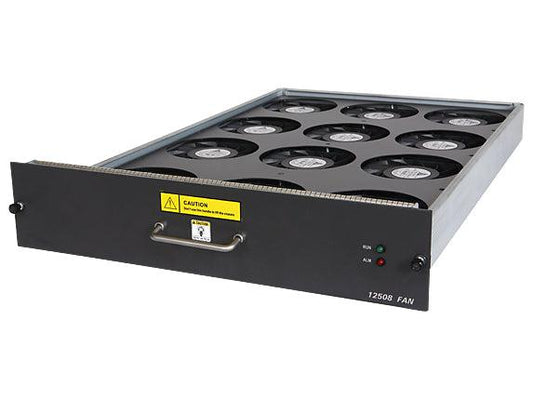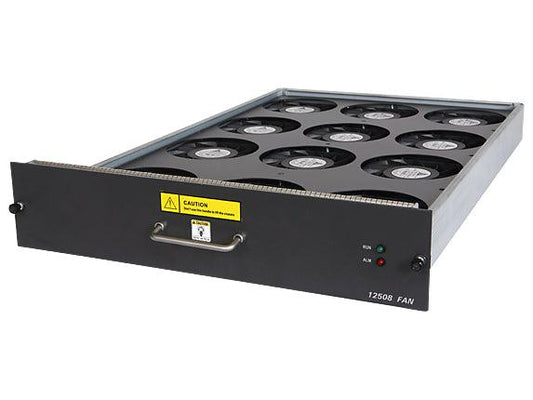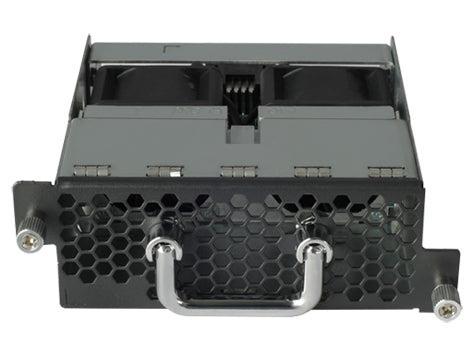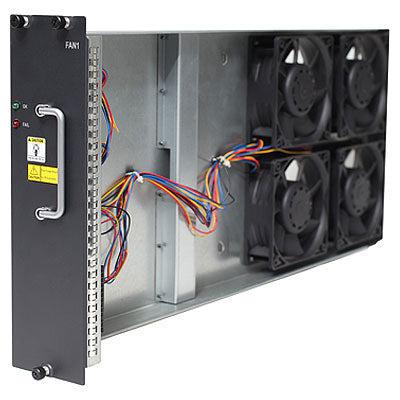Collection: Water / Liquid Cooling
-
Arctic Cooling Liquid Freezer Ii - 360 Multi Compatible All-In-One 360Mm Cpu Water Cooler, Acfre00068A
Regular price $149.99Regular priceUnit price per -
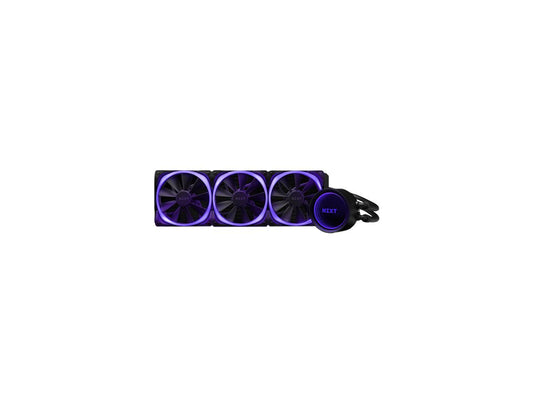
Nzxt Kraken X73 Rgb 360Mm - Rl-Krx73-R1 - Aio Rgb Cpu Liquid Cooler - Rotating Infinity Mirror
Regular price $239.99Regular priceUnit price per -
Apc Inrow Rd, 300Mm Freestanding Rack
Regular price $13,542.89Regular priceUnit price per -
Intel Laminar Rm1 Processor Fan Black, Blue
Regular price $274.04Regular priceUnit price per -
Thermaltake Th120 Argb Motherboard Sync Edition Intel/Amd All-In-One Liquid Cooling System 120Mm High Efficiency Radiator Cpu Cooler, Cl-W285-Pl12Sw-A
Regular price $92.55Regular priceUnit price per -
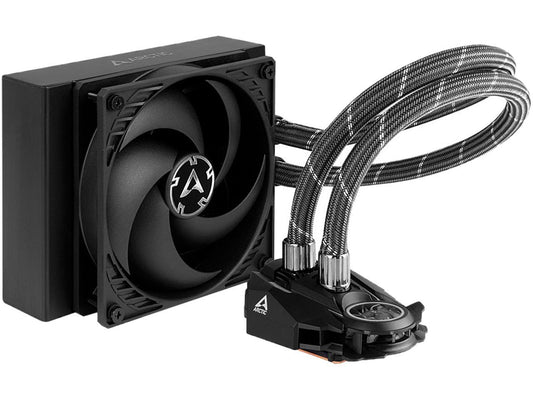
Arctic Cooling Liquid Freezer Ii - 120 Acfre00067A Multi Compatible All-In-One Cpu Water Cooler
Regular price $91.30Regular priceUnit price per -
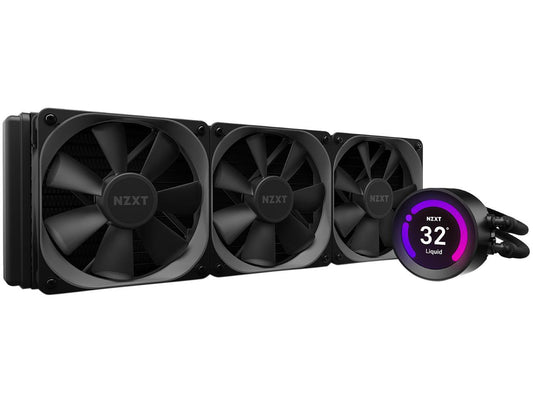
Nzxt Kraken Z Series Z73 360Mm - Rl-Krz73-01 - Aio Rgb Cpu Liquid Cooler - Customizable Lcd
Regular price $299.99Regular priceUnit price per -
Corsair Icue H60I Rgb Pro Xt, 120Mm Radiator, Single 120Mm Pwm Fan, Software Control, Liquid Cpu Cooler, Cw-9060049-Ww
Regular price $99.99Regular priceUnit price per -
Corsair Hydro Series, Icue H100I Elite Capellix, 240Mm Radiator, Dual Ml120 Rgb Pwm Fans, Powerful Icue Software, Liquid Cpu Cooler, Cw-9060046-Ww
Regular price $220.24Regular priceUnit price per -
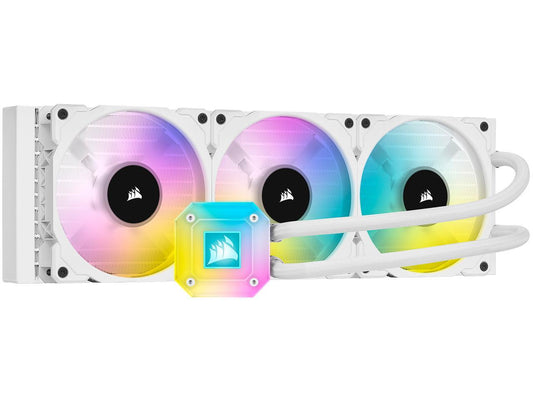
Corsair Icue H150I Elite Capellix White, 360Mm Radiator, Liquid Cpu Cooler, White, Cw-9060051-Ww
Regular price $214.80Regular priceUnit price per -
Intel Tower Passive Heat-Sink Kit Axxstphmkit
Regular price $61.80Regular priceUnit price per -
Advantech I-St-775-S95W Processor Cooler 7 Cm Black 1 Pc(S)
Regular price $54.10Regular priceUnit price per -
Hewlett Packard Enterprise Hpe Dl385 Gen10 High Perf Heatsink Kit Heatsink/Radiatior
Regular price $223.27Regular priceUnit price per -
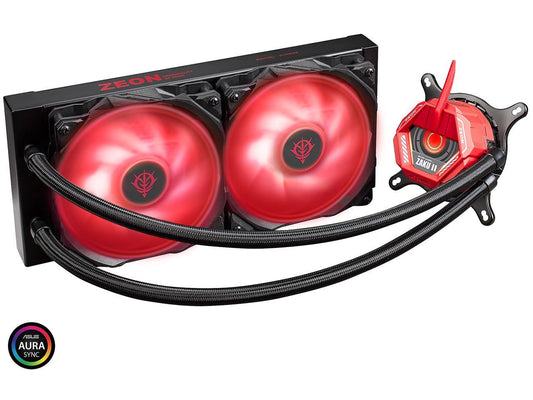
Asus Tuf Gaming Lc 240 Zaku Ii Edition 240Mm, With Aura Sync, 2X Tuf120Mm Rgb Radiator Fans, And
Regular price $299.99Regular priceUnit price per -
Lian Li Galahad Aio 240 Rgb White, Dual 120Mm Addressable Rgb Fans Aio Cpu Liquid Cooler
Regular price $169.99Regular priceUnit price per -
Deepcool Castle 120R Aio Liquid Cpu Cooler, Anti-Leak Technology, 120Mm Rgb Pwm Fan, 12V 4-Pin Motherboard Connector, Intel 115X/ 1200/ 2066, Amd Am4
Regular price $69.99Regular priceUnit price per -
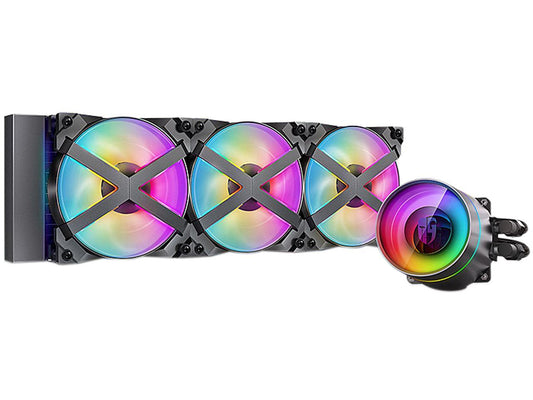
Deepcool Castle 360Ex Rgb Aio Liquid Cpu Cooler, Anti-Leak Technology, Three Mf120Gt A-Rgb Pwm Fans,
Regular price $149.99Regular priceUnit price per -
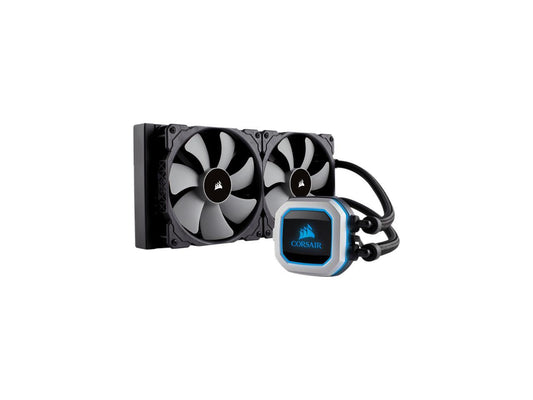
Corsair Hydro Series, H115I Pro Rgb, Cw-9060032-Ww, 280Mm, Dual 140Mm Ml Pwm Fans, Advanced Rgb
Regular price $124.99Regular priceUnit price per -
Apc Acac10031 Computer Cooling System Part/Accessory
Regular price $2,243.77Regular priceUnit price per -
Apc Top Piping Kit - Acrc301H
Regular price $485.07Regular priceUnit price per -
Apc Condenser
Regular price $12,509.42Regular priceUnit price per -
Tripp Lite Srgasket Smartrack Airflow Optimization Kit
Regular price $78.16Regular priceUnit price per -
Lenovo 4Xh7A08791 Computer Cooling System Part/Accessory Mounting Kit
Regular price $73.02Regular priceUnit price per -
Panduit Dirlc3210S17W Computer Cooling System Part/Accessory
Regular price $730.11Regular priceUnit price per -
Panduit Dirlc25S23W Computer Cooling System Part/Accessory
Regular price $579.50Regular priceUnit price per -
Panduit Net-Contain Ved
Regular price $1,032.65Regular priceUnit price per -
Tripp Lite Remote Temperature Sensor For Srcool60Kcw
Regular price $6,412.01Regular priceUnit price per -
Qnap Fan Module
Regular price $39.52Regular priceUnit price per -
Hewlett Packard Enterprise X712 Back (Power Side) To Front (Port Side) Airflow High Volume 2 Fan Tray
Regular price $176.27Regular priceUnit price per -
Hewlett Packard Enterprise X711 Front (Port Side) To Back (Power Side) Airflow High Volume 2 Fan Tray
Regular price $176.27Regular priceUnit price per -
Supermicro Mcp-320-81302-0B Computer Cooling System Part/Accessory
Regular price $15.86Regular priceUnit price per -
Tripp Lite Srcool7Kduct Smartrack Exhaust Duct Kit For Srcool7Krm
Regular price $193.61Regular priceUnit price per -
Hewlett Packard Enterprise Aruba 3810 Switch Fan Tray
Regular price $356.10Regular priceUnit price per -
Tripp Lite Srcool7Krm Computer Cooling System Part/Accessory
Regular price $878.79Regular priceUnit price per -
Hewlett Packard Enterprise 5930-4Slot B-F Fan Tray
Regular price $437.41Regular priceUnit price per -
Hewlett Packard Enterprise 5930-4Slot F-B Fan Tray
Regular price $437.41Regular priceUnit price per -
Hewlett Packard Enterprise Flexfabric 7904 Front (Port Side) To Back (Power Side) Airflow Fan Tray
Regular price $1,520.04Regular priceUnit price per -
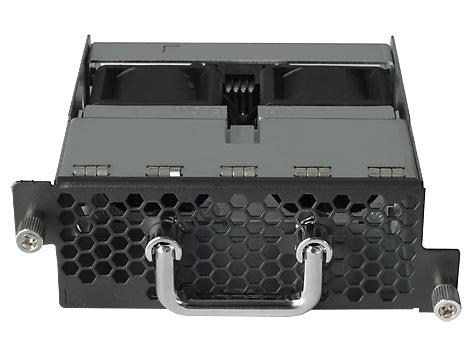
Hewlett Packard Enterprise X712 Back (Power Side) To Front (Port Side) Airflow High Volume Fan Tray
Regular price $424.94Regular priceUnit price per -
Hewlett Packard Enterprise X711 Front (Port Side) To Back (Power Side) Airflow High Volume Fan Tray
Regular price $424.94Regular priceUnit price per -
Tripp Lite Srxfanroof Smartrack Roof-Mounted Fan Panel - 6 208/240V High-Performance Fans; 420 Cfm; C14 Inlet
Regular price $266.38Regular priceUnit price per -
Tripp Lite Srxfan3U Smartrack 3U Fan Panel - 3 208-240V High-Performance Fans; 315 Cfm; C14 Inlet
Regular price $156.43Regular priceUnit price per -
Tripp Lite Srthermduct Smartrack Thermal Duct Kit For Smartrack Enclosures
Regular price $584.75Regular priceUnit price per -
Tripp Lite Smartrack Wall-Mount Roof Fan Kit - 2-120V High-Performance Fans; 210 Cfm; 5-15P Plug
Regular price $89.89Regular priceUnit price per -
Tripp Lite Smartrack Roof-Mounted Fan Panel - 6-120V High-Performance Fans; 630 Cfm, 5-15P Plug
Regular price $264.54Regular priceUnit price per -
Tripp Lite Smartrack 3U Fan Panel - 3-120V High-Performance Fans; 210 Cfm; 5-15P Plug
Regular price $173.60Regular priceUnit price per -
Hewlett Packard Enterprise 7510 Spare Fan Assembly
Regular price $694.16Regular priceUnit price per -
Hewlett Packard Enterprise 7506 Spare Fan Assembly
Regular price $564.02Regular priceUnit price per -
Hewlett Packard Enterprise 7502 Spare Fan Assembly
Regular price $271.16Regular priceUnit price per -
Hewlett Packard Enterprise 7503 Spare Fan Assembly
Regular price $421.12Regular priceUnit price per -
Hewlett Packard Enterprise 58X0Af Back (Power Side) To Front (Port Side) Airflow Fan Tray
Regular price $203.15Regular priceUnit price per -
Hewlett Packard Enterprise 10512 Spare Bottom Fan Tray Assembly
Regular price $971.19Regular priceUnit price per

